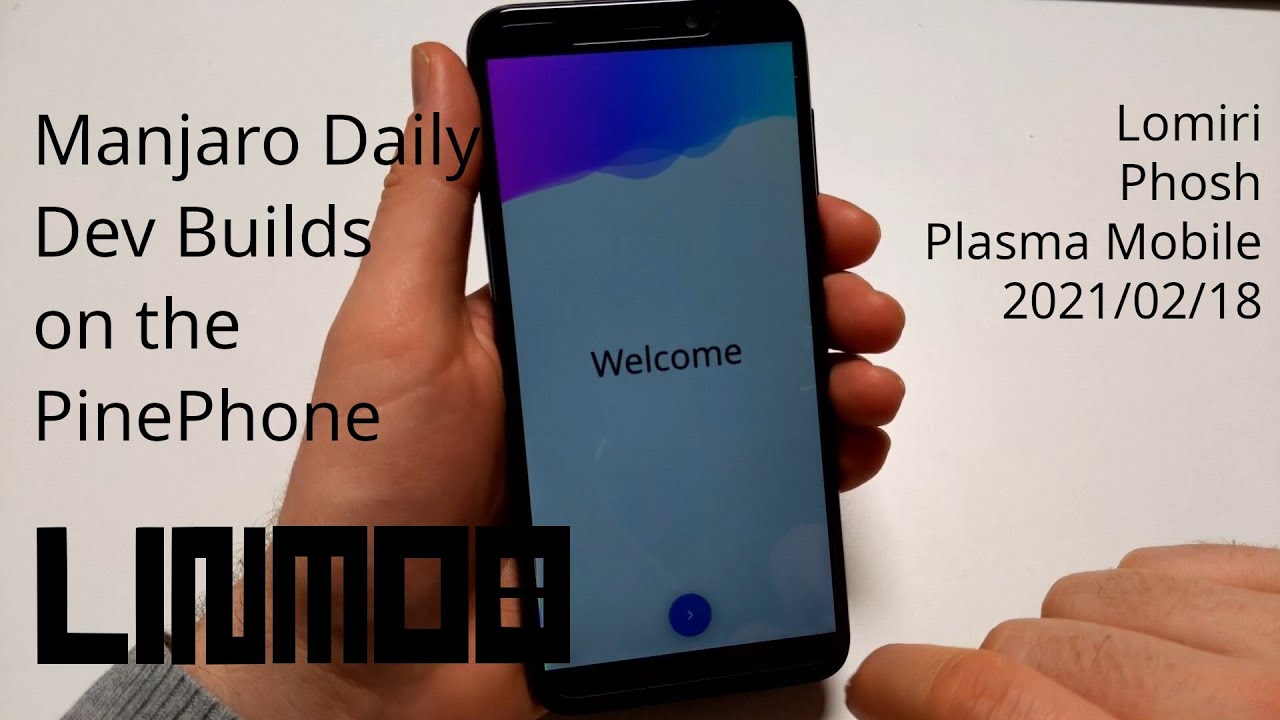What do I want to achieve?
I would like to have an open source alternative to Android and IOS.
The mobile OS should be secure and open to changes and tweaking.
I must have full control of the network stack, the firewall, VPN, hotspot and DNS selections both on wifi and on 4G.
I should have full access to the calling, sms and recording functions from script / command line.
It should be able to run standard linux apps (preferably GTK but I’ll settle for KDE), and a working bash and python environment.
It should be able to connect to standard cloud services, Google, nextcloud etc for contact, calendar, and file syncs.
It must have a good email client.
Signal, whatsapp, telegram optional for me, knowing that the limitation is by the software makers.
A great extra would be convergence, the ability to connect the mobile to a monitor and get a full desktop environment.
Another great extra would a working GOOD navigation such as Waze running.
Why do I want to achieve this?
-
First of all, security and privacy, I want to establish that it is possible to have a working mobile environment without using 3rd clouds.
I would like to be able to control the tracking telemetry sent from my device, and to whom it will be sent. -
I see the mobile phone evolving into a complete computing platform replacing the desktop and maybe also the laptop.
If the mobile phone is strong enough (8-16 core arm) and with enough ram, I can connect it to a monitor and a keyboard to it and it should be able to replace my whole desktop environment. That’s useful. -
Raspberry P replacement; i A simple mobile phone running standard linux is a good replacement for a raspberry pi as a “scripting brain” unit for a network. It might not have all the GPIO connectivity, but it has wifi, 4g, touchscreen, internal and SD storage, a battery etc for 150 eur (pinephone).
A raspberry Pi kit is ~100 eur for reference and comes without a screen or battery.
How am I going to achieve this?
In 2016 I had an early Ubuntu touch phone made by the Spanish BQ. The interface showed promise, but it wasn’t a clean linux experience for me because of the way it was designed. It looked similar to my Ubuntu desktop but didn’t work like it under the hood.
Lately there are several viable options for an open source hardware phone. And the software options to run on these phones are abundant.
I chose the PinePhone cause it packs enough power for it’s reasonable cost.
Librem 5, Volla and the rest were just too expensive.
Taking an Android phone, running some chinese rooting script and using it with Linux was out of the question for security reasons.
So I got a Pinephone with the convergence package to connect to a keyboard and monitor for 150 eur.
I will document my experiences with different operating system environments here.
Budget costs
150 eur PinePhone
